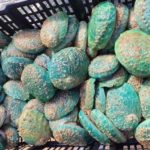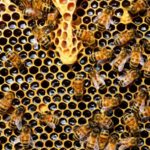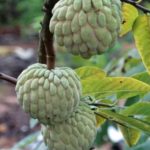The silver pomfret, a species found all over the world, is a fish that not everyone knows about. Let’s explore the details of this fascinating fish.
1 What is Silver Pomfret?
Silver pomfret, also known as brown pomfret, has the English scientific name Siganidae, which refers to the species within the sole genus of the family Siganidae, under the order Perciformes.
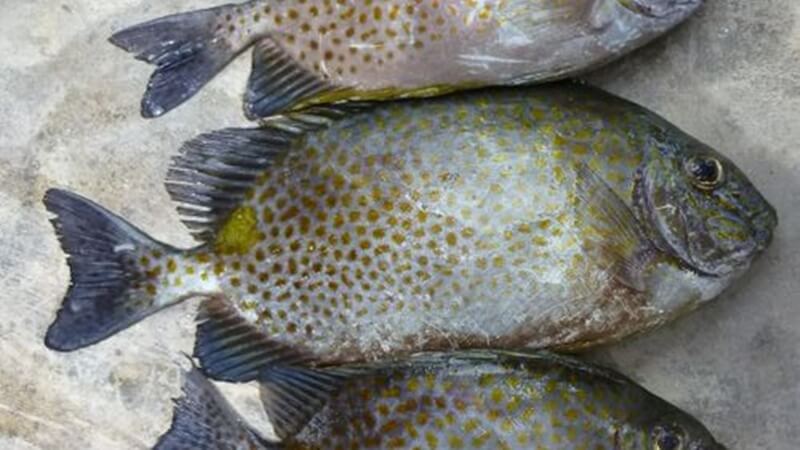 Silver pomfret are commonly found in river mouths, coastal areas, and lagoons
Silver pomfret are commonly found in river mouths, coastal areas, and lagoons
This species is typically found in river mouths, along the coast, in lagoons, or even among rocks and mangrove forests. Some species can be found at depths of up to 6 meters and in temperatures ranging from 24 to 28 degrees Celsius.
2 Origin of Silver Pomfret
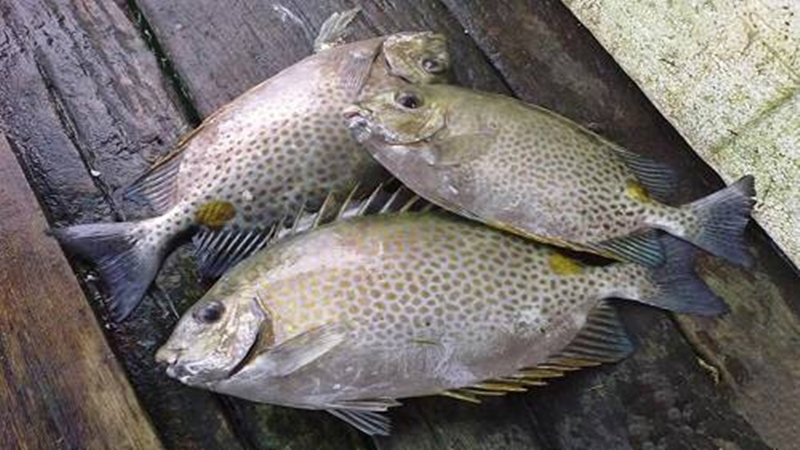
Discovered in 1775, the silver pomfret genus now includes approximately 25 species distributed worldwide.
3 Characteristics of Silver Pomfret
While characteristics vary among the different species of silver pomfret, most share the following common features:
- The fish has an oval-shaped, flat body with large, round eyes and a small head.
- The gill cover has two small, thin fins.
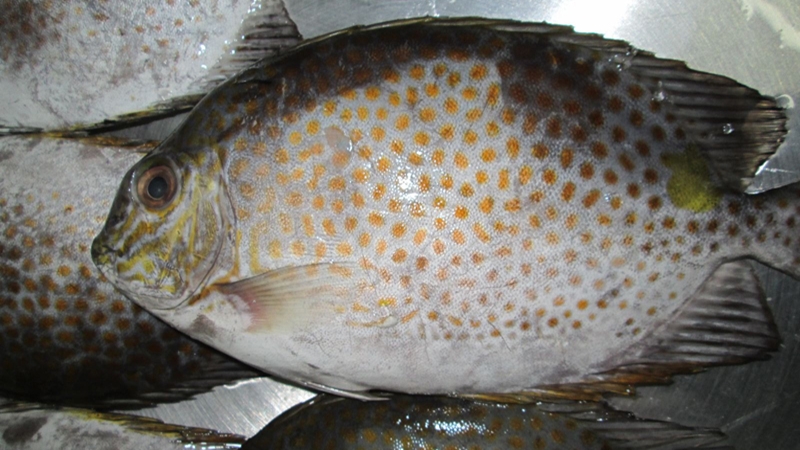
- The back and belly of the silver pomfret are covered with hard spines that contain the fish’s venom. The venom is not fatal but can cause a tingling sensation if handled.
- The fish has very small and sparse scales.
4 What do Silver Pomfrets Eat?
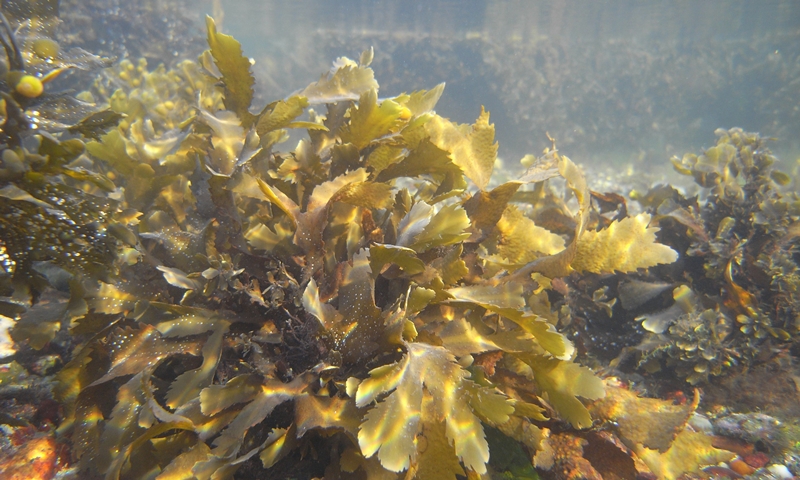
The silver pomfret’s diet consists mainly of aquatic plants and organic detritus. For farmed silver pomfrets, a synthetic diet is provided to promote their growth.
5 Reproductive Characteristics of Silver Pomfret
Silver pomfrets reproduce by laying eggs, but their reproductive habits vary depending on their habitat and the region they inhabit.
- Marine silver pomfrets typically reproduce in the regions where they live.
- Freshwater silver pomfrets migrate to brackish or marine waters to spawn.
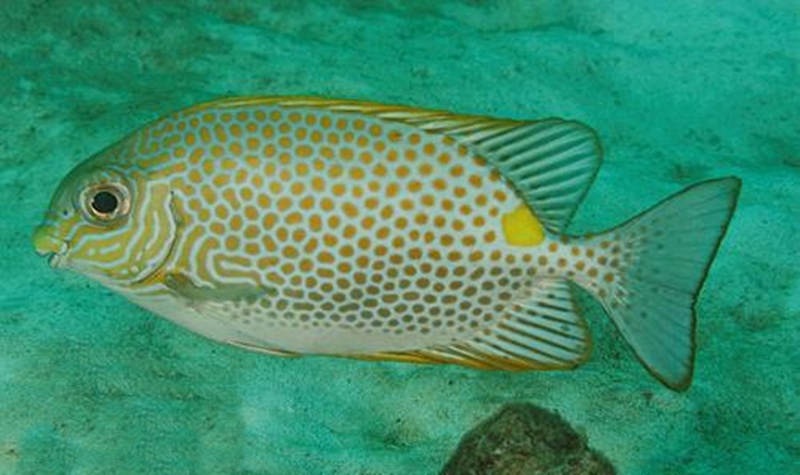
- The spawning season for silver pomfrets is from April to August, with the peak period being from late June to early August.
- During each reproductive cycle, female silver pomfrets can lay 200,000 to 250,000 eggs.
6 Where do Silver Pomfrets Live?
Silver pomfrets are primarily found in the Indian Ocean, the Pacific Ocean, and the Mediterranean Sea, inhabiting marine and brackish waters.
The countries with the highest populations of silver pomfrets include Vietnam, Thailand, and China.

In Vietnam, silver pomfrets are found in the coastal waters of Quang Ninh, Hai Phong, and Thai Binh, while freshwater pomfrets are commonly found in the Thu Bon and Hue regions.
7 Classification of Silver Pomfret
Silver pomfrets are diverse, with many species exhibiting different color patterns:
Spotted Silver Pomfret
The spotted silver pomfret, also known as the spotted pomfret, is the largest species, with a flat body, smooth skin, and distinctive brown spots.
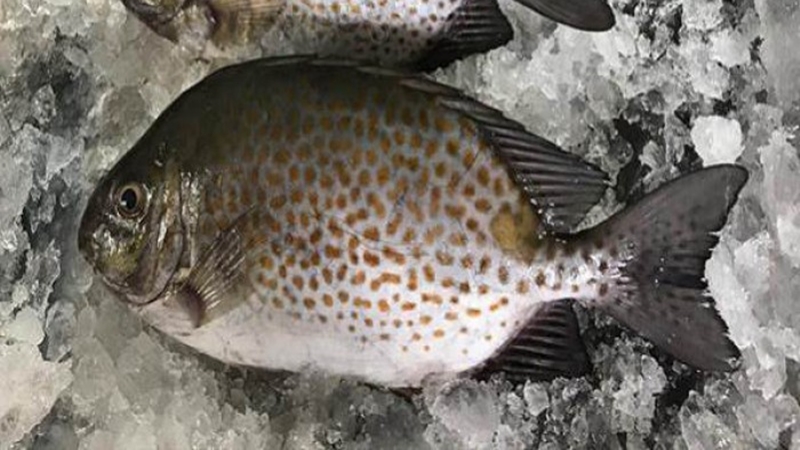
Black Silver Pomfret
The black silver pomfret is a famous species in Phu Quoc, Vietnam. Adult fish can weigh up to 0.5 kilograms, and their bodies are grayish-black without any spots.

Smooth Silver Pomfret
The smooth silver pomfret and the marine silver pomfret are smaller than the previous two species, with a golden-yellow back, a pointed head, and a slightly tapered body.

8 Delicious Dishes Made with Silver Pomfret
Given the silver pomfret’s nutritional value, it is used in a variety of delicious dishes, including grilled, steamed, leaf-wrapped, fried, and braised preparations.
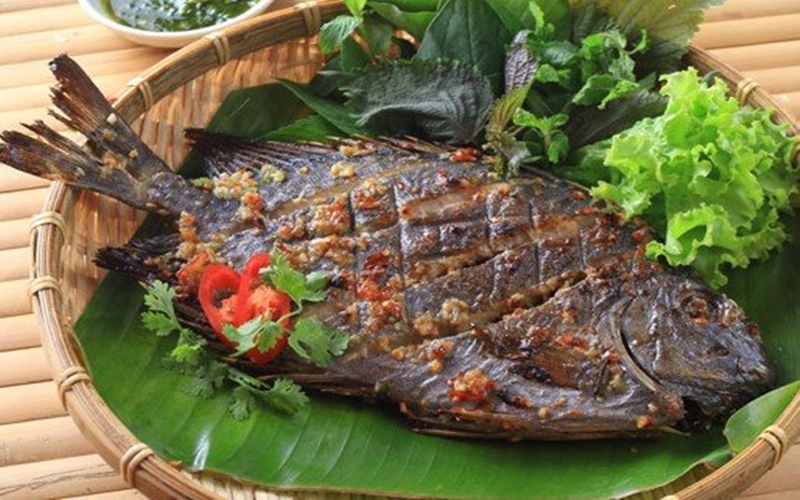
9 Where to Buy Silver Pomfret in Hanoi and Ho Chi Minh City
In Hanoi and Ho Chi Minh City, silver pomfret can be easily found and purchased at local markets and supermarkets, ensuring a fresh and high-quality selection.
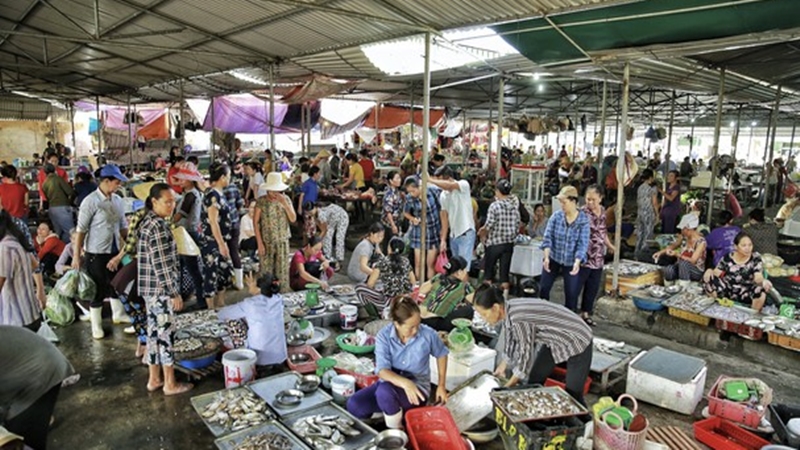
10 Price of Silver Pomfret per Kilogram
The price of silver pomfret varies depending on the region:
- Spotted silver pomfret typically costs 300,000 VND per kilogram
- Silver pomfret caught in the sea is priced higher, ranging from 400,000 to 500,000 VND per kilogram
- Frozen silver pomfret of standard quality is available for 100,000 VND per kilogram
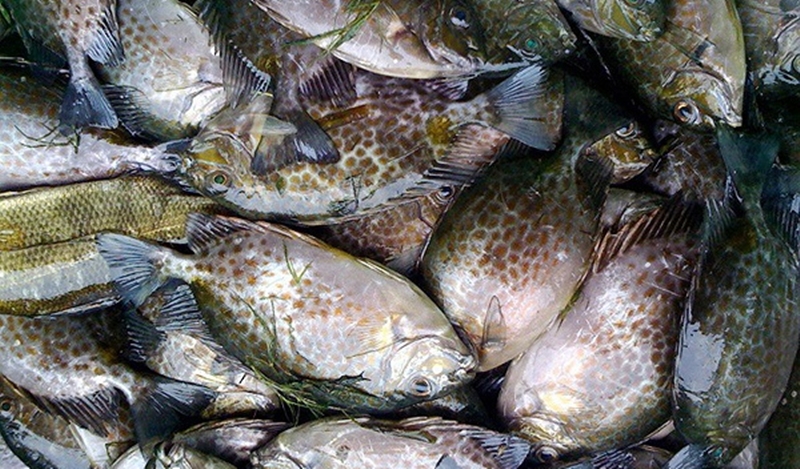
Money Cannot Buy Special Honey Type from Central Highlands
Have you ever encountered the alluring flavor of black honey? Rarely found outside the Central Highlands, this wild bee product has a slightly bitter edge that sets it apart from run-of-the-mill alternatives. Get this, though – you can’t buy it with money; if you hope to get your hands on some, you’ll have to follow another path! Read on to discover all the secrets of this unique delicacy.

























